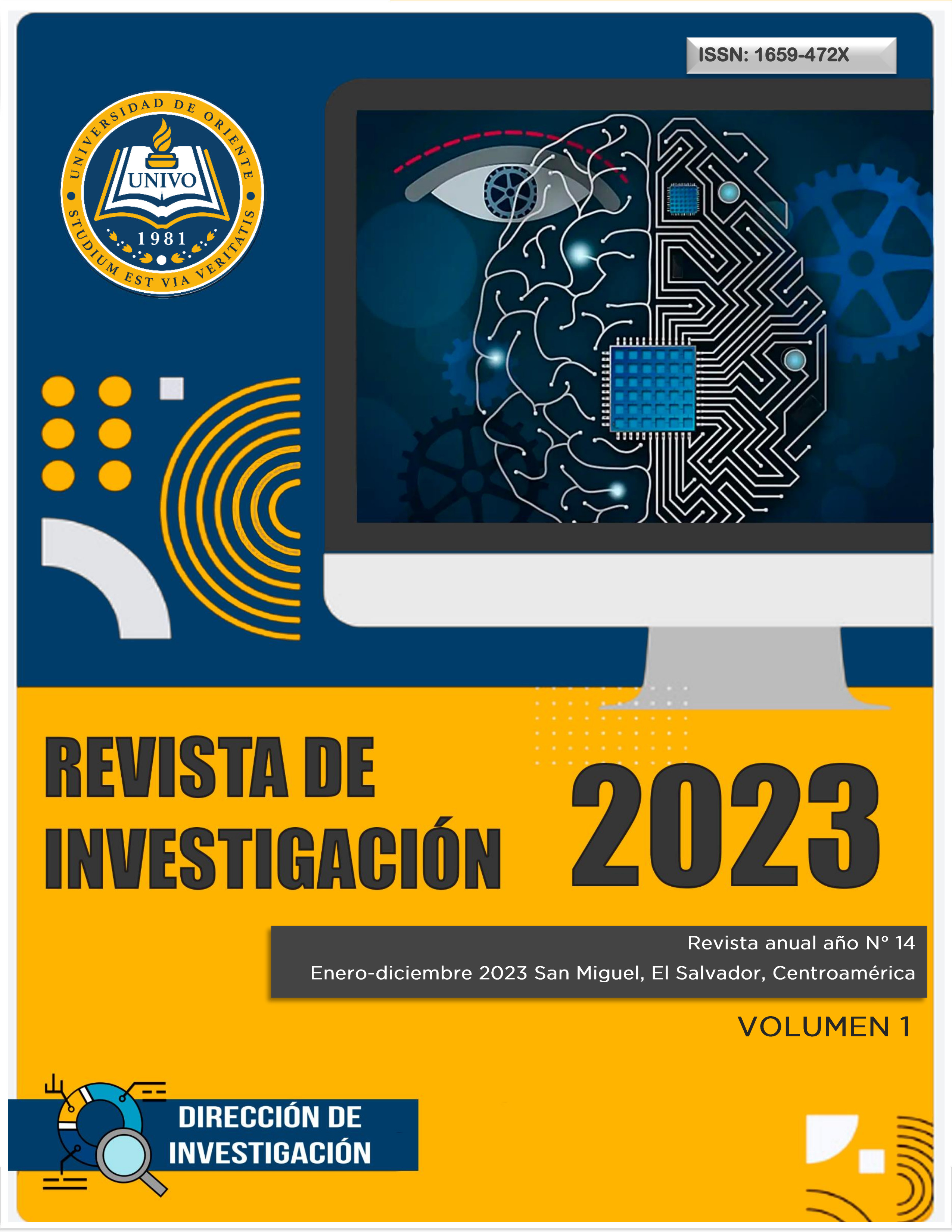Fortalecimiento de competencias laborales para la reinserción económica de personas migrantes retornadas y desplazadas internas
Contenido principal del artículo
Resumen
La migración irregular y el desplazamiento forzado son fenómenos que se observan en muchos países y sociedades, (OIM, 2021) El Salvador no es la excepción entre las diversas naciones del globo, grandes contingentes poblacionales se movilizan tanto fuera como dentro de las fronteras patrias buscando oportunidades económicas y laborales que no encuentran fácilmente en sus lugares de origen.
Muchas de estas personas durante el tiempo transcurrido en el ir y venir desde y hacia distintas locaciones han adquiridos conocimientos, habilidades y destrezas de forma empírica y semiformal las cuales requieren ser identificadas, fortalecidas y compartidas con otras personas interesadas en contar con ellas.
En este artículo se presentan resultados que se obtuvieron a partir de recolección de datos a 122 personas entre migrantes retornados y desplazados internos mediante el muestreo intencionado o dirigido. Se abordan aspectos relacionados a su reinserción económica, explorando en sus competencias laborales adquiridas y expectativas referentes al apoyo que necesitan de organismos de asistencia, como base para la formulación de políticas públicas en su beneficio.

